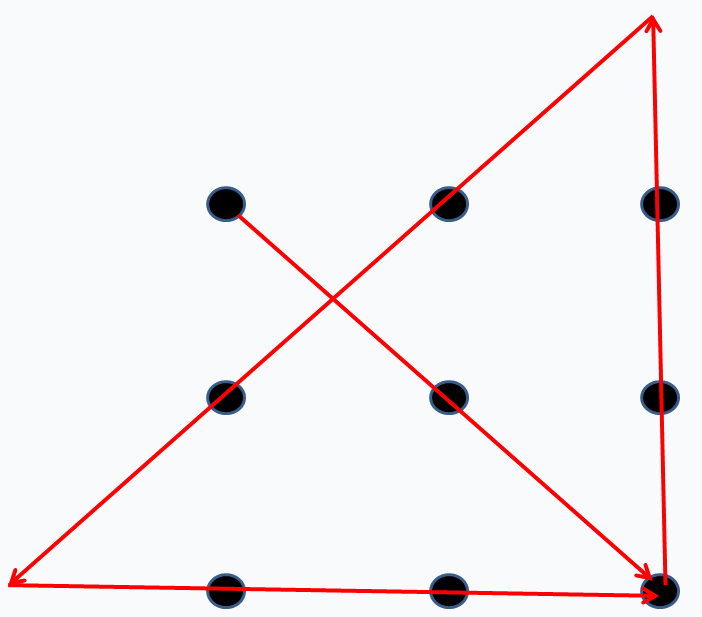A small dose of electrical current passed across their heads enabled a  group of volunteers to immediately solve a puzzle they had previously found to be impossible.
group of volunteers to immediately solve a puzzle they had previously found to be impossible.
This surprising result is the work of Sydney University's Centre for the Mind scientists Allan Snyder and Richard Chi, who have published their results on the "nine dot problem" as it's known in the journal Neuroscience Letters.
This puzzle, which has thwarted study volunteers for over a century and, under laboratory conditions, is expected to have a solution rate of 0%, involves connecting a pattern of 9 dots - arranged in a 3x3 grid - using four straight lines drawn without lifting the pen from the paper or retracing any lines.
Twenty two volunteers in the Sydney study were initially unable to solve the problem during a 9 minute period. Half of the group then underwent ten minutes of transcranial direct current stimulation, which involved passing a 2 milliamp current across their heads with the positive electrode applied to the right temple and the negative electrode on the left.
Following this treatment, 40% of the subjects then solved the problem. A control group meanwhile, to whom the electrodes were attached but no electrical current applied, were still unable to solve the problem.
According to Snyder and Chi, people find this puzzle so difficult because the dominant left temporal lobe uses prior knowledge of shapes to interpret the pattern of dots as a square with imposed rigid boundaries. And as the solution requires drawing lines outside of this shape, subjects think "inside the box" and don't spot it.
The electrical current, however, boosts activity on the more creative right side of the brain and reduces the activity in the creativity-suppressing left side, freeing the subject from their existing cognitive biases and enabling them to see the solution.
Intriguingly, one subject recruited by the researchers but not included in the analysis did immediately solve the puzzle without the benefit of electrical stimulation. But, on further questioning, he revealed having had a head injury as a child that damaged his left temporal lobe.
This supports their theory, the researchers say, concluding that brain stimulation has the potential to facilitate those tasks that our minds are not well adapted for.










Comments
Add a comment